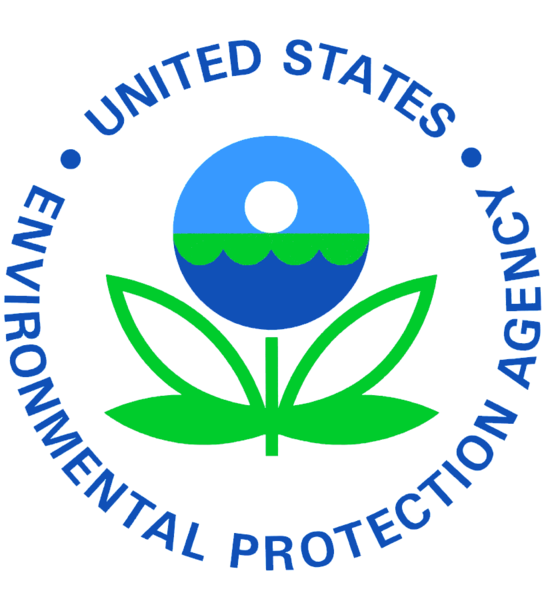Unchecked
Legislative history as recent as the late 1980’s, educates us about the general public’s unwavering concerns surrounding health impacts incurred by medical waste disposal. It was during this time in which the Environmental Protection Agency (EPA) still held authority over medical waste handling. As such, under the EPA’s instruction, a short two (2) year waste-tracking study entitled, the Medical Waste Tracking Act (MWTA) of 1988 was conducted.
It is crucial to understand some finer details of this orchestrated research. A nine-page directive was drafted and launched within one (1) year through the Reagan administration in response to public outcry following a seemingly deliberate dump of medical waste into the waters. Many concluding from the apparent evidence the intentional illegal disposal arose from companies’ desire to evade associated legal disposal fees of
approximately $1500/ton.

It is just as important understand the socio-political climate of the late 1980s/early 1990’s and the fact that this study empowered EPA officers to carry firearms, execute searches without warrants, and issue fines anywhere from $20K - $50K per day to those they deemed in violation. The geographic reach of this program was “(a) Covered States. –The States within the demonstration program established under this subtitle for tracking medical wastes shall be New York, New Jersey, Connecticut, the States contiguous to the Great Lakes and any State included in the program through the petition procedure described in subsection (c)*, except for any of such States in which the Governor notifies the Administration under (b)** that such State shall not be covered by the program.”
- The terms translate the reach to encompass all States contiguous with the Atlantic Ocean by default and the whole of the United States through easy opt-in.
The two (2) year tracking data collected through this essentially country-wide open program was then studied over a ten (10) year period.

The EPA eventually “concluded that the disease-causing potential of a medical waste is greatest at the point of generation and naturally tapers off after that point…Thus, risk to the general public of disease caused by exposure to medical waste is likely to be much lower than risk for the occupationally exposed individual.”
This published assertion states nothing of consequence. There is no mention as to what degree or rate this risk diminished. Nor does this conclusion offer measured impacts incurred by the whole of the ecological system at large.
Upon expiration of the MWTA study, EPA oversight was dissolved. Individual states assumed their own means and standards for oversight. Meaning each adopting their own tolerance thresholds for both environmental considerations and adherence to CDC or WHO published directives.
As I ponder this historic shift in focus and decentralization of Environmental regulation, I note a glaring miss in Biden’s “ambitious” Executive Order 14057, generally referred to as the Federal Sustainability Plan.
This proposed plan, while bringing the focus to environmental care back to an incentivized shared status, still fails to place focus on the root that feeds the toxic cycle we aim to mend. That which drives our current state of industry’s unchecked destructive path.
Our collective plan must have a pronounced call for plant-based solutions to retool industry at large.
Waste management emissions reduction gains must unequivocally begin with a pronounced pivot towards biodegradable production. Without drastically minimizing the intake volume of overall non-eco-friendly waste, operational gains will trail behind chasing any notable impact. Heavily orchestrated efforts destined to return marks that are nominal at best.
“Garbage-in equals garbage-out.” A common explanation used by software developers to explain that which enters in an improper form will also exit as so; also applies here. If we continue to produce non-biodegradable products, then our emissions will always keep those detrimental elements within our cycle.
Energy cannot be destroyed. Only transformed. If we want to spin in the direction of healing our Earth, then our mission must start by aligning to that which feeds her best and most.
If truly fueled by a collective commitment in reducing global warming to a calculated threshold of 1.5 degrees Celsius within the next 6 years, we all must revisit our common knowledge of cause and effect. Our inputs must resonate with our output intents. Eco-conscious decision making must be a common thread from beginning to end.
Our power to create the world we want is in our heads and hands. Our staunch stance on biodegradable sustainable PPE production is just the beginning. Together, through purity in partnerships, we will achieve a legacy that extends well. Join us as we pave new ways.
Through the Federal Sustainability Plan, the Federal Government will achieve the following:








Advanced Biodegradable Protection Solutions
All Rights Reserved | PPE Plant




